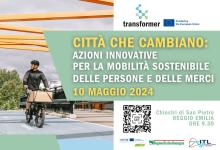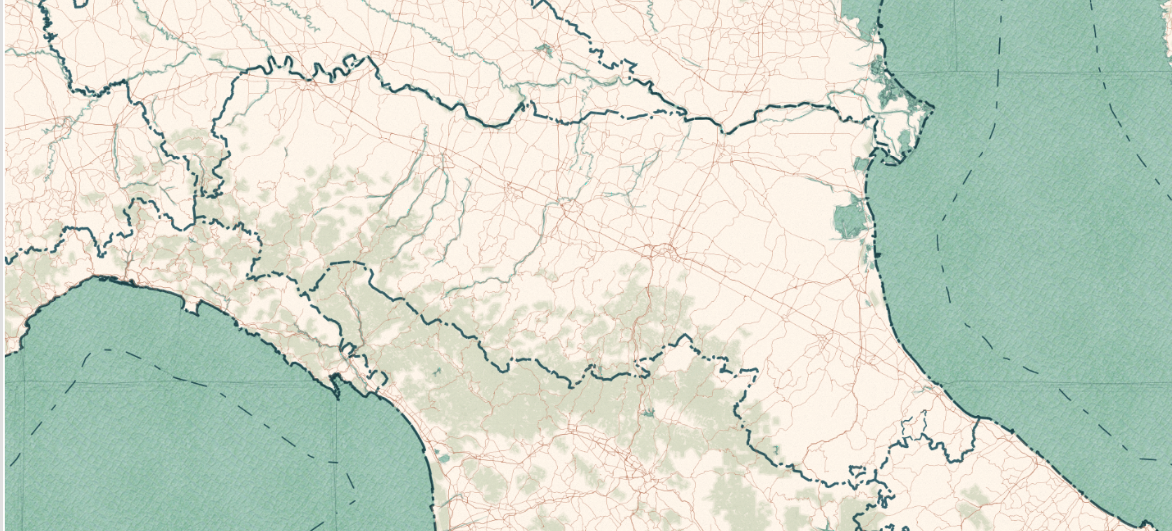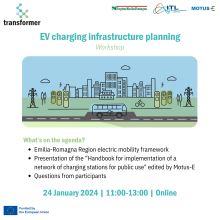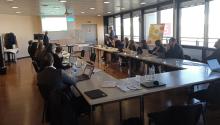
Emilia-Romagna
The Emilia-Romagna region is a highly productive region, home to some world-famous industrial districts and crossed by many transportation networks. These economic opportunities can, however, also represent key challenges to decarbonisation. The region is oriented towards reducing CO2 emissions, improving the circular economy and promoting climate neutrality.
To overcome challenges, there is a need for further cooperative processes of communication, sharing and information exchange between the different stakeholders. Several regional plans aim at reaching a sustainable future and improving air quality (e.g. transport, energy, air quality and waste plans).
The Region has promoted the development of SUMP at local level and with the 2030 Agenda has put in place a regional strategy for sustainable development. Furthermore, the Region has issued a law for the development of energy communities.

Moreover, the region has an integrated and multidisciplinary approach that aims to improve air quality. For this reason, the PAIR (Regional Integrated Plan for air quality) was created. It involves all the municipalities of Emilia-Romagna (specifically the municipalities of the Eastern and Western Po Valley and the agglomeration of Bologna).
These initiatives should all be enhanced and interlinked.
The TRANSFORMER project focuses on three main topics: cycling, mobility management policies and electric mobility. Through these topics the region promotes actions to improve air quality.
The vision of the TSL
The Emilia-Romagna Region, with the Path to Carbon Neutrality before 2050 project, intends to identify, sector by sector, the best policies and actions to be implemented to achieve the objectives stated in the Pact for Work and Climate, moving to 100% of clean and renewable energy by 2035 through the definition of intermediate objectives. These objectives have to be achieved at the overall regional level and for each sectoral area in coherence with the regional Agenda 2030 Strategy for Sustainable Development.
The main aim within the mobility and energy sectors is to achieve an integrated and multilevel planning of existing sustainable mobility initiatives in order to promote the modal shift from private cars to more sustainable means of transport.




